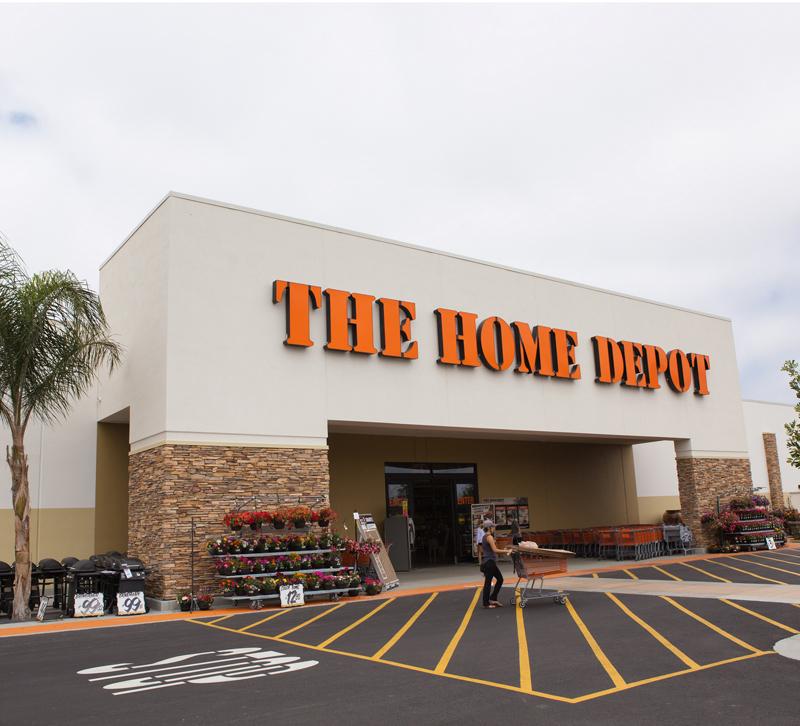Over the last few years, online interior design services such as Home Polish and Havenly have challenged the notion that interior design is an in-person experience. While these companies have seen success, few major companies have jumped aboard the trend.
Until now.
Last month, Architectural Digest reported that Home Depot would be partnering with Laurel & Wolfe to launch an in-person and online interior design service to consumers. The home improvement store has long provided designers and consumers with supplies for their projects, but this is the first time the company has partnered with a specific design service, digital or otherwise.
So what's this new service and what does it mean for the industry? Read on to find out.
What We Know
The new service is called the Home Depot Pro Referral Service, and it takes the company's existing referral service and integrates it with Laurel & Wolfe's platform. Depending on the type of project homeowners have, they will be referred to Laurel & Wolfe for their design needs. In the past, Home Depot did refer customers to designers in the area, but they did not have any partnerships with these designers.
When they create an account and start a project with a designer from Laurel & Wolfe, the designer will recommend Home Depot products to complete it. Remember, Home Depot sells more than tools. They have an extensive lighting selection, available online and in stores, and it recently began selling more home decor items.
"We are excited to see how our designers will bring to life the incredible range of products sold at The Home Depot," Laurel & Wolf founder and CEO Leura Fine told AD. "Through this partnership, we are able to provide the ultimate modern platform for the millennial consumer who expects customization and services as a seamless integration into their shopping experience."
What This Means
If you caught our Design Interrupted story in the July issue, then you already know that Home Depot is one of the few big-box retailers that came out ahead after the recession. The company limited the number of stores built and instead focused snapping up business from Sears and other falling retailers. It expanded its workforce, and the average tab per customer grew.
Recall also that companies like Havenly and Home Polish are going after Millennial clients specifically, and they're looking to target the middle buyers — those that want a beautifully designed home, but cannot afford a designer at this stage.
Targeting young Millennials now may seem "too-fast-too-soon," but the strategy here is long-term. If companies like Laurel & Wolfe and Havenly capture the Millennial market now, they may be more likely to retain that market as Millennials age. Millennials can be very loyal to companies that treat them well, and their lives will only get busier. Having a digital interior designer may be more important as they start families and really begin juggling kids, careers and other obligations.
It's also important to think about the state of the economy today and where it is going for the majority Millennials. They're buying fewer homes and waiting longer to get married and have families mostly because they cannot afford it. They have more college debt than previous generations, and it is taking longer for them to find good-paying jobs. Even in good-paying jobs, salaries remain stagnant. Growing up during the recession, Millennials are also more likely to be money-conscious, a habit they may carry with them into their late 30s and 40s.
If Millennials have a reliable, cost-effective, digital interior design solution, why would they go with a traditional interior designer?
We won't know the future until it happens, and maybe Millennials will hire traditional interior designers at the same rate as previous generations. But maybe they won't. Home Depot's latest collaboration shows that major companies are paying attention to online trends and attempting to get ahead of the curve. Traditional designers need to do the same.
It is not the beginning of the end for traditional interior designers, but it is a wake-up call for those who think digital trends will never touch their industry. Right now, it's more important than ever for designers to be updating their websites with new photos and designs and participating on social media.







